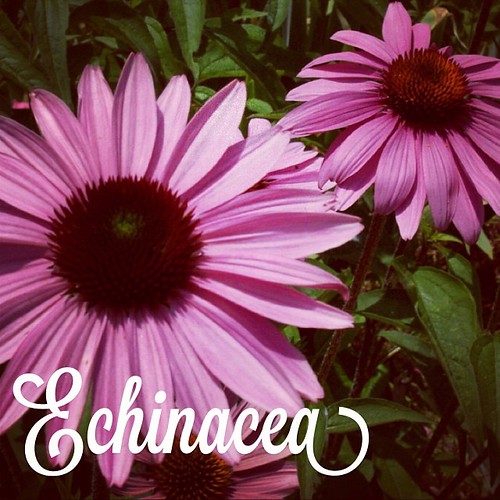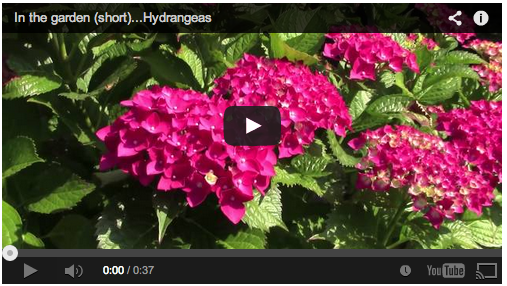Garden Alphabet: Echinacea
I haven’t had much success growing Echinacea here in my garden, but I plan to keep trying. I love the large flowers and their lovely purple color.
Echinacea
“Echinacea /ˌɛkɨˈneɪʃ(i)ə/[1] is a genus, or group of herbaceous flowering plants in the daisy family, Asteraceae. The nine species it contains are commonly calledconeflowers. They are endemic to eastern and central North America, where they are found growing in moist to dry prairies and open wooded areas. They have large, showy heads of composite flowers, blooming from early to late summer. The generic name is derived from the Greek word ἐχῖνος (echino), meaning “sea urchin,” due to the spiny central disk. Some species are used in herbal medicines and some are cultivated in gardens for their showy flowers. — Wikipedia.org
Previously in Garden Alphabet:
- Acanthus
- Amaryllis
- Banana
- Bonsai
- Bougainvillea
- Brugmansia
- California Poppy (Eschscholzia californica)
- Calla Lily (Zantedeschia aethiopica)
- Castor Bean (Ricinus)
- Caltapa
- Clematis
- Camellia
- Dahlia
- Datura
- Japanese Cherry (Prunus serrulata)
- Daffodil (Narcissus)
- Dietes (Fortnight Lily)
- Dudleya
- Ecualyptus
- Freesia
- Grape (Vitis vinifera)
- Hibiscus (Malvaceae)
- Iris
- Kniphofia “Red Hot Poker”
- Lantana
- Kousa Dogwood (Cornus kousa)
- Magnolia x soulangeana (Saucer Magnolia/Tulip Tree)
- Marigold (Calendula officinalis)
- Morning Glory (Convolvulaceae)
- Nandina
- Orange
- Orchid from the Southern California Spring Garden Show 2013
- Oriental Poppy (Papaver orientale)
- Polygonatum (Solomon’s Seal)
- Paperwhites
- Queen Anne’s Lace (Daucus carota)
- Rudbeckia
- Salvia
- Squirrel
- Succulents
- Sweet Potato (Ipomoea batatas)
- Tomato
- Water Lily (Nymphaeaceae)









